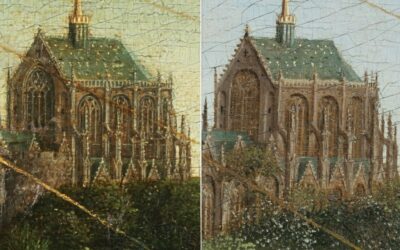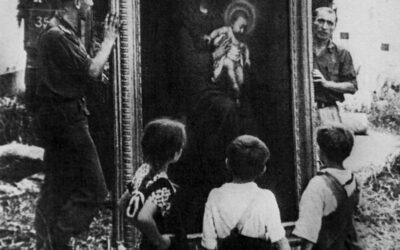After 2020, the unfortunate year dedicated to Raphael on the 500th anniversary of his death, we are ready to embrace 2021 which in Italy, and around the world, will be the year of Dante’s celebrations, seven hundred years after the death of the great poet. It will be a year full of exhibitions, theatrical productionsmeetings, readings and conferences to which it will be possible to participate online, if not live, to celebrate Dante and the art of his time.
Although the scholastic definition of the Middle Ages as a “dark period” is widespread, we can confidently assert that art in Florence at the time of Dante was anything but dark! It was dazzling in its colors and extraordinarily flourishing in its many variations: from painting on wood to sculpture, from wood carving to mosaic decoration, from miniature to goldsmithing. An art rich in secular and profane symbolism, where form and content became one to convey concepts through images.
Art–Test had the pleasure of participating in the study of the cenotaph of Guillaume Bertand de Durfort, French count of Artois, who came to Italy as a military tutor and advisor to Aymeric de Narbonne at the service of the King of Naples Charles II of Anjou. He fell during the famous battle in the Campaldino plain, to which Dante himself took part.
The Count’s remains were brought to Florence and buried in the Church of the Santissima Annunziata, given the spiritual link between the leader and the newborn Order of the Servants of Mary. The work, attributed to an artist of Byzantine culture, is characterized by a sober and fully absorbed classicism, by a broad definition of the expressive yet impassive face and by the elegance of the molded frames. And, speaking of art dazzling in colors, it is interesting to note that diagnostic investigations revealed that the work was originally polychrome!




